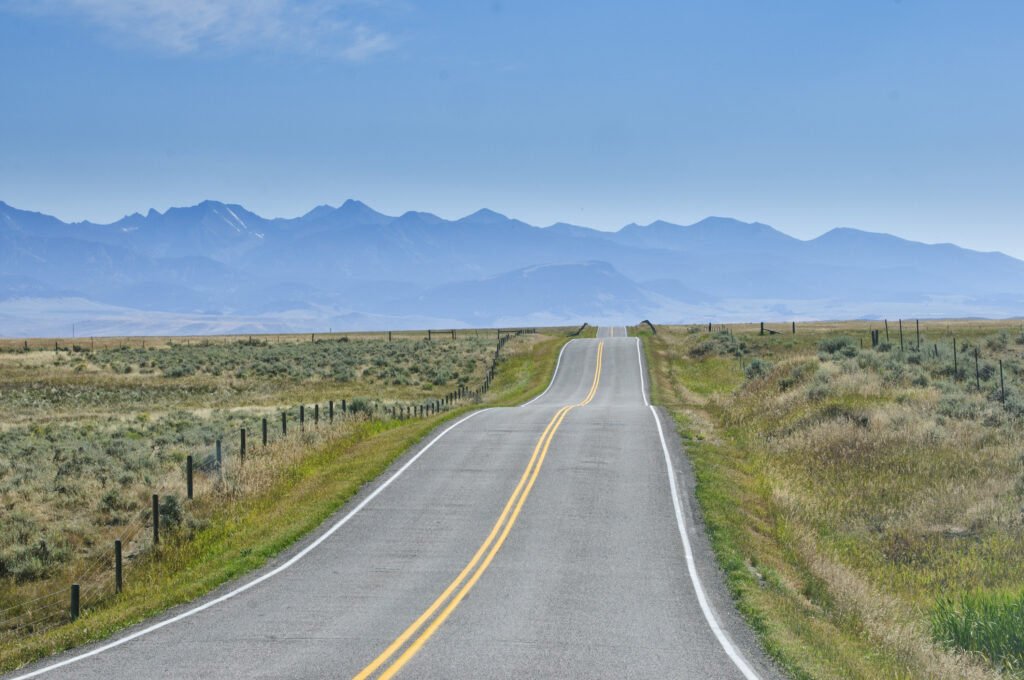Montana LTAP Hits the Ground Running

Montana LTAP has been hitting the roads hard this summer. Director Matt Ulberg and Field Trainer Shawna Page have conducted a variety of trainings in Lewistown, Miles City, Bozeman, Sidney, Billings, Boulder, Kalispell, and Cutbank to name a few. They’ve also hosted classes at four Montana colleges, on the Rocky Boy, North Cheyenne, Crow, and […]
Project Co-Led by Laura Fay Wins AASHTO Award
WTI is proud to announce that a National Center for Atmospheric Research (NCAR), WTI, and Aurora Pooled Fund study relating weather conditions and roadway friction measurements has received the High Value Research award from the American Association of State Highway and Transportation Officials (AASHTO). Led by NCAR’s Gerry Wiener, with WTI’s Cold Climate Operations & […]
